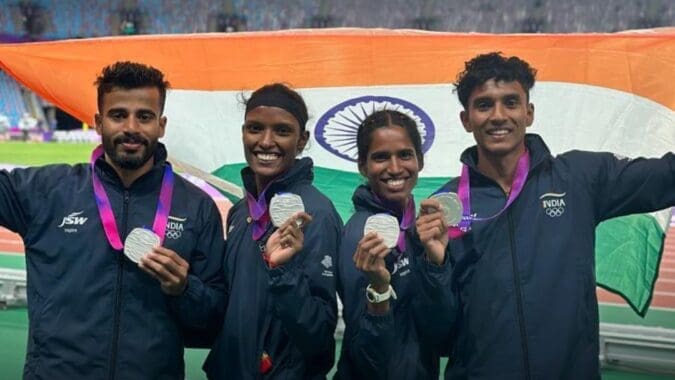
Blunders That Sank England’s T20 World Cup Dreams Against
It’s been over a decade since an Indian team last lifted an ICC trophy, with the 2013 Champions Trophy being the last time the nation tasted global glory. However, the dream of reclaiming that elusive title is now alive and kicking for Rohit Sharma’s men. India’s journey in the 2024 T20 World Cup has been near-flawless, with the captain leading from the front and his bowlers stepping up in almost every match.
The semi-final clash against defending champions England was billed as a mouth-watering encounter, with both teams eager to book their place in the final. However, it was the Men in Blue who emerged victorious, handing the English a comprehensive 68-run defeat. This result not only avenged India’s 10-wicket loss to the same opponents at the same stage of the 2022 T20 World Cup but also exposed a few critical errors made by the English camp.
In this in-depth analysis, we delve into the three key mistakes that ultimately cost England their shot at retaining the T20 World Cup title.
#3 – Toss Blunder and Questionable Bowling Tactics
The pitch at Guyana was widely expected to be slow and offer low bounce, having been under the covers for an extended period before the toss. However, when Jos Buttler won the toss, he opted to field first, a decision that left many scratching their heads.
Rohit Sharma, on the other hand, was more than happy to bat first, as he anticipated the pitch would only get slower and drier, thereby playing into the hands of his spin-heavy attack. The English captain’s decision to bowl first proved to be a costly one, as India’s batters piled up a challenging total of 171 runs.
Buttler’s use of his spinners, Liam Livingstone and Adil Rashid, in the middle overs was effective in slowing down the scoring rate. However, the surprising omission of Moeen Ali, who could have been a valuable asset on the turning track, was a puzzling move that deserves scrutiny.
#2 – Succumbing to the Spin Onslaught
England’s chase got off to a shaky start as they struggled to find their rhythm against the Indian spinners. Jos Buttler’s initial attempt to take the attack to Arshdeep Singh was a well-conceived tactic, but it quickly unraveled once Rohit Sharma introduced Axar Patel and Kuldeep Yadav into the attack.
The left-arm spin duo of Axar and Kuldeep consistently targeted the stumps, denying the English batters any breathing space. Buttler’s attempt to reverse-sweep Axar Patel ended in a tame dismissal, while Jonny Bairstow’s efforts to open up the off-side were thwarted by the low, turning deliveries that crashed into his stumps.
Moeen Ali’s struggles against the spinners also highlighted England’s lack of flexibility in their batting lineup. The absence of a left-hander, such as the in-form Ben Duckett, proved to be a significant disadvantage as India’s trio of left-arm spinners wreaked havoc.
#1 – Flawed Team Selection
England’s decision to stick with four seamers on a pitch that clearly favored spin bowling was a baffling one. Tom Hartley, who had impressed during the Test series in India, could have been a valuable asset on this surface in Guyana, but he was left out of the playing XI.
The absence of a specialist left-arm spinner in the English lineup allowed India’s trio of Axar Patel, Ravindra Jadeja, and Kuldeep Yadav to dominate the proceedings. Furthermore, the lack of a left-hander in the top order forced England to promote Moeen Ali and Sam Curran, who did not possess the same range of shots as a player like Ben Duckett.
This inflexibility in team composition and failure to adapt to the pitch conditions ultimately proved to be England’s downfall, as they were bundled out for a paltry 103 runs, handing India a comprehensive victory.
Lessons Learned and a Path Forward
The semi-final defeat against India has undoubtedly left the English camp with a sense of disappointment, but it also presents an opportunity to reflect on the lessons learned and make the necessary adjustments for future tournaments.
The toss decision, the team selection, and the inability to counter the Indian spin threat are areas that the English management must address. Developing a more adaptable and versatile squad, with players who can thrive in varying conditions, will be crucial in their quest to reclaim the T20 World Cup title.
As the cricketing world eagerly awaits the next edition of the tournament, England will be determined to bounce back stronger, ensuring that they avoid similar mistakes and emerge victorious against their formidable Indian counterparts.














